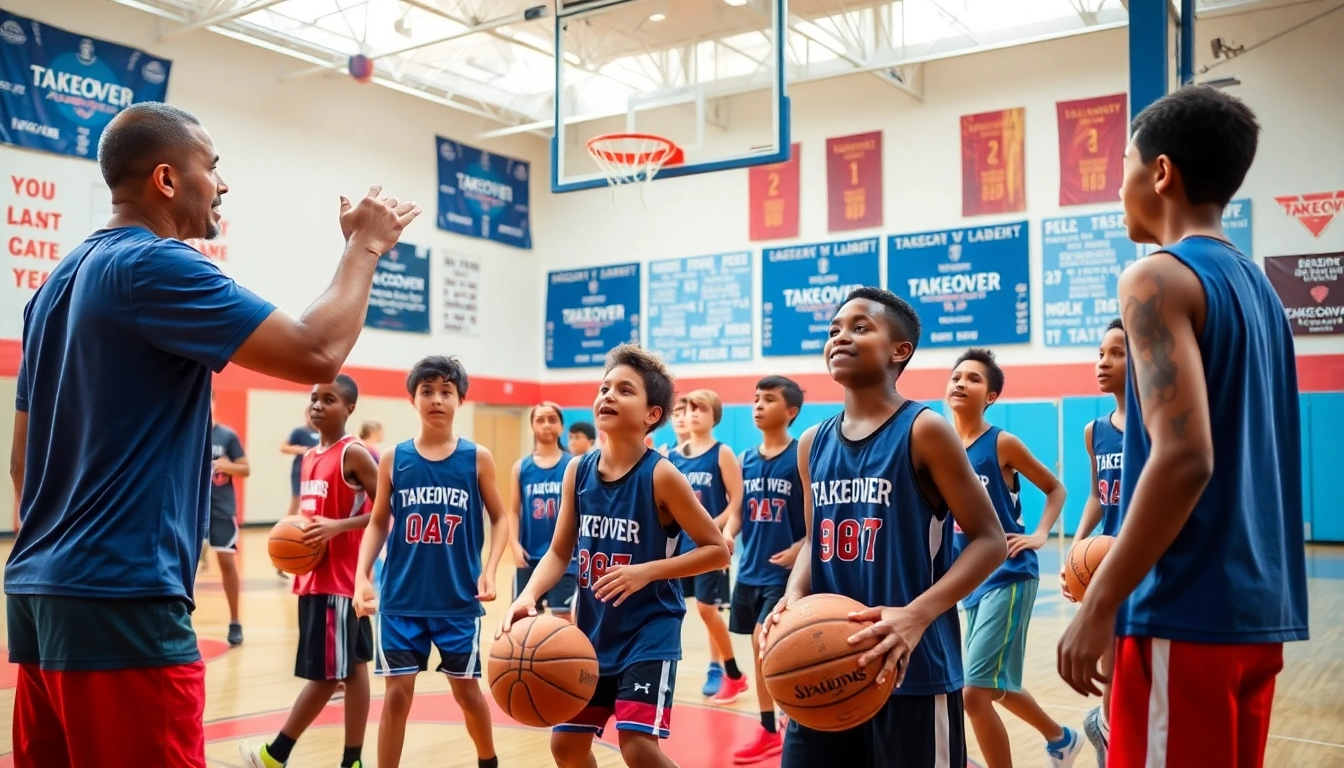Understanding the Fundamentals of Golf
Golf is a game that blends physical skill with strategic thinking, which makes it more than just a sport; it is a lifelong pursuit for many enthusiasts. To excel in golf, a solid grasp of the fundamentals is essential. Whether you’re a beginner looking to develop your skills or an advanced player aiming for perfection, the core principles remain the same. Understanding golf’s fundamentals will lay the groundwork for improvement and enjoyment of the game. In this context, Shawn callahan offers expert insights that can help golfers elevate their game to the next level.
Key Techniques for a Successful Golf Swing
The golf swing is the most critical aspect of the game, and mastering it involves understanding its mechanics. The swing can be broken down into several components: grip, stance, backswing, downswing, impact, and follow-through. Each part must flow seamlessly into the next for a consistent and powerful stroke.
A proper grip ensures that a golfer maintains control throughout the swing. There are various grip styles—overlapping, interlocking, and baseball—each with its benefits. Experimenting with different grips can help determine which one feels most natural. The stance should be shoulder-width apart, with knees slightly bent. This provides balance and stability. The setup also involves proper alignment with the target.
The backswing is vital for generating power. A complete turn of the shoulders while maintaining a straight left arm (for right-handed golfers) allows for a full range of motion. Transitioning into the downswing requires shifting weight from the back foot to the front foot while keeping the arms and club in sync. Contact with the ball should be crisp, which is vital for distance and accuracy. Finally, a balanced follow-through indicates good rhythm and ensures that the swing ends smoothly.
The Importance of Proper Grip and Stance
Your grip and stance form the foundation of a good swing. A proper grip allows you to control the clubface and influence the ball’s trajectory. Many beginners tend to grip the club too tightly in an attempt to control their shots, which can lead to tension and loss of power. A relaxed grip, complemented by an appropriate stance, can enhance swing fluidity.
The stance is equally important. A solid base provides stability, transferring energy effectively through the body into the swing. Some players underestimate their positioning; therefore, practicing setup drills can reinforce good habits that lead to better performance on the course.
Common Mistakes and How to Avoid Them
Even experienced players can fall victim to common mistakes. One prevalent error is overcompensation, where golfers overcorrect their swings, leading to poor contact and slices or hooks. Video analysis can help players understand their swing mechanics, revealing flaws that may not be easily identifiable through feel alone.
Another common mistake is neglecting the short game. Many golfers focus solely on driving distance but overlook the importance of chipping and putting. Practicing different types of short game shots can drastically lower scores and improve overall confidence on the course.
Finally, golfers often become too fixated on the result of each shot, leading to anxiety and poorer performance. Maintaining a calm mindset and focusing on the process rather than the outcome can yield better results.
Shawn Callahan’s Approach to Golf Instruction
As a seasoned golf instructor, Shawn Callahan brings a wealth of knowledge and experience to the table. His teaching philosophy emphasizes the importance of fundamentals while making the learning experience enjoyable.
Background and Experience of Shawn Callahan
Shawn Callahan has spent years honing his craft in golf instruction. His extensive experience encompasses not only teaching but also undergoing rigorous training at elite golf schools. This background enables him to understand various learning styles and tailor his approach to meet the unique needs of each student.
Through his dedicated approach, Shawn has developed a reputation as a top instructor, helping golfers of all skill levels achieve their goals. His method integrates both technique and mental training, ensuring a well-rounded experience for learners.
Signature Teaching Methods
One distinctive method of Shawn Callahan’s instruction is the use of storytelling to illustrate concepts. By providing relatable anecdotes, he helps students visualize different scenarios on the course and encourages them to internalize lessons through engagement. This not only makes the learning process enjoyable but also reinforces memory retention.
Additionally, Shawn prioritizes a ‘less is more’ philosophy that encourages simplicity in swing mechanics. He emphasizes that minor adjustments can lead to significant improvements in performance. Through progressive drills, students can work on their skills incrementally, allowing for better muscle memory development.
Success Stories from Students
Many students whohave worked with Shawn have reported significant improvement in their games. For instance, one former beginner transformed into a competitive player after implementing his teaching strategies. Testimonials highlight the boost in confidence that comes from understanding the mechanics of the game coupled with mental strategies Shawn instills in his students.
Shawn’s students frequently participate in local tournaments, showcasing not only their technical skills but also their strategic understanding of the game. These success stories serve as motivation for individuals looking to enhance their golfing capabilities.
Developing Your Golf Skills Over Time
Improving at golf is an ongoing journey that requires dedication and a structured approach. Developing a practice mindset from the outset can accelerate skill acquisition and enhance enjoyment of the game.
Creating a Practice Schedule
Consistency is key when it comes to golf practice. Creating a scheduled routine allows players to focus on different aspects of their game. A well-rounded practice schedule should include time for the driving range, putting green, and course play, addressing the different components necessary for becoming a complete golfer.
To maintain engagement and avoid burnout, mixing drills and playing practices can be particularly effective. This balanced approach keeps skills sharp while enabling players to enjoy their time on the course.
Setting and Achieving Personal Goals
Goal-setting is crucial for development in any skill, and golf is no different. Establishing specific, measurable, achievable, relevant, and time-bound (SMART) goals can help golfers stay focused on their progress. These goals may vary widely—from lowering a handicap to improving a particular aspect of swing mechanics.
Regularly monitoring progress towards these goals will help identify areas of improvement and maintain motivation over time. Additionally, it’s essential to celebrate small milestones to ensure a psychology of success.
Tracking Progress and Improvement
Utilizing technology can aid in tracking progress efficiently. Many apps and devices are available that enable golfers to analyze their swings, monitor performance metrics, and assess their overall improvement. This data provides insight into strengths and weaknesses, allowing players to adjust their practice focus according to needs.
Keeping a golf journal can also enhance self-awareness. Documenting each round, noting the types of shots that performed well or poorly, can guide future practice sessions, leading to a tailored and purposeful learning experience.
Advanced Techniques for Seasoned Golfers
For those who have a solid foundation in their golfing skills, delving into advanced techniques can add another layer of enjoyment and improvement to their game.
Understanding Course Management Strategies
Course management is just as crucial as technical skill. Understanding how to navigate a golf course strategically can significantly impact scores. For instance, knowing when to play conservatively versus taking risks can dictate outcomes, particularly in tournament settings.
Advanced golfers should evaluate factors such as wind direction, pin placements, and their personal weaknesses when approaching each hole. This analytical approach separates the best players from their peers.
Improving Mental Toughness on the Course
Mental fortitude is a vital component of success in golf, which can often be overshadowed by technical skills. Developing a pre-shot routine can prepare the mind and body for each shot, fostering focus and relaxation.
Additionally, learning to manage emotions during a round can keep a player’s performance steady. Practicing mindfulness and visualization techniques are effective strategies to enhance concentration and reduce nervousness under pressure.
Utilizing Technology for Performance Enhancement
Golfers can take advantage of cutting-edge technology to analyze their swings and improve performance. High-speed cameras and motion sensors provide insights into swing mechanics, allowing for informed adjustments. Data analytics platforms can break down a player’s performance over time, revealing patterns that can be modified for better results.
Virtual coaching through apps and online platforms enables experienced golfers to seek guidance from professionals without needing to be on-site, making expert advice accessible and convenient.
Building a Community Around Golf
The social aspect of golf adds to its appeal; it is as much about relationships as it is about scoring. Engaging with fellow golfers can enhance the experience while benefiting learning through shared insights and experiences.
The Role of Golf in Personal Development
Golf plays a significant role in personal development. It teaches valuable life skills such as discipline, patience, and resilience. Interactions with other players can foster connections that lead to lifelong friendships, enhancing the overall enjoyment of the sport.
The character-building nature of golf encourages players to face challenges with poise, contributing to personal growth both on and off the course.
Engaging with Fellow Golfers and Enthusiasts
Finding a community of fellow golfers can provide motivation and encouragement on the journey to improvement. Joining local clubs, participating in social golfing events, and engaging in online forums create opportunities to discuss techniques, share experiences, and participate in friendly competition.
Networking within the golfing community can lead to access to exclusive events, discounted green fees, and even mentorship opportunities with local professionals.
Participating in Local Tournaments and Events
Local tournaments and events offer both competition and camaraderie. They provide a platform for golfers to test their skills against peers while fostering a sense of belonging within the community. Challenging oneself in a competitive environment can lead to significant advancements in skill and self-confidence.
Moreover, participating in charity events or tournaments raises funds for good causes, reinforcing the positive impact of golf beyond personal development.



